Researchers at UT Southwestern Medical Center developed nanoparticles that successfully edited the disease-causing gene in the lungs of a mouse model of cystic fibrosis (CF), swapping a mutated form with a healthy one that persisted in stem cells. Their findings, reported in Science, could offer hope for people with CF and other debilitating genetic lung diseases.
Tag: Biomedical Engineering
How Your Sleep Patterns Change Can Tell You About Your Health
Your sleep tracker might give you information about more than just your sleep–specifically, it might give you information about chronic conditions such as diabetes and sleep apnea, and illnesses such as COVID-19. This is one of the findings of a study that analyzed data from 5 million nights of sleep across roughly 33,000 people.
New technology allows researchers to precisely, flexibly modulate brain
Researchers at Washington University in St. Louis have developed a noninvasive technology combining a holographic acoustic device with genetic engineering that allows them to precisely target affected neurons in the brain, creating the potential to precisely modulate selected cell types in multiple diseased brain regions.
From lab to life: 3D bioprinting unveils new horizons in biomedical applications
A cutting-edge review explores the convergence of three-dimensional (3D) printing and peptide self-assembly, unveiling a new era in biomanufacturing. This technology paves the way for creating sophisticated biomaterials, advancing the fields of tissue engineering and regenerative medicine.
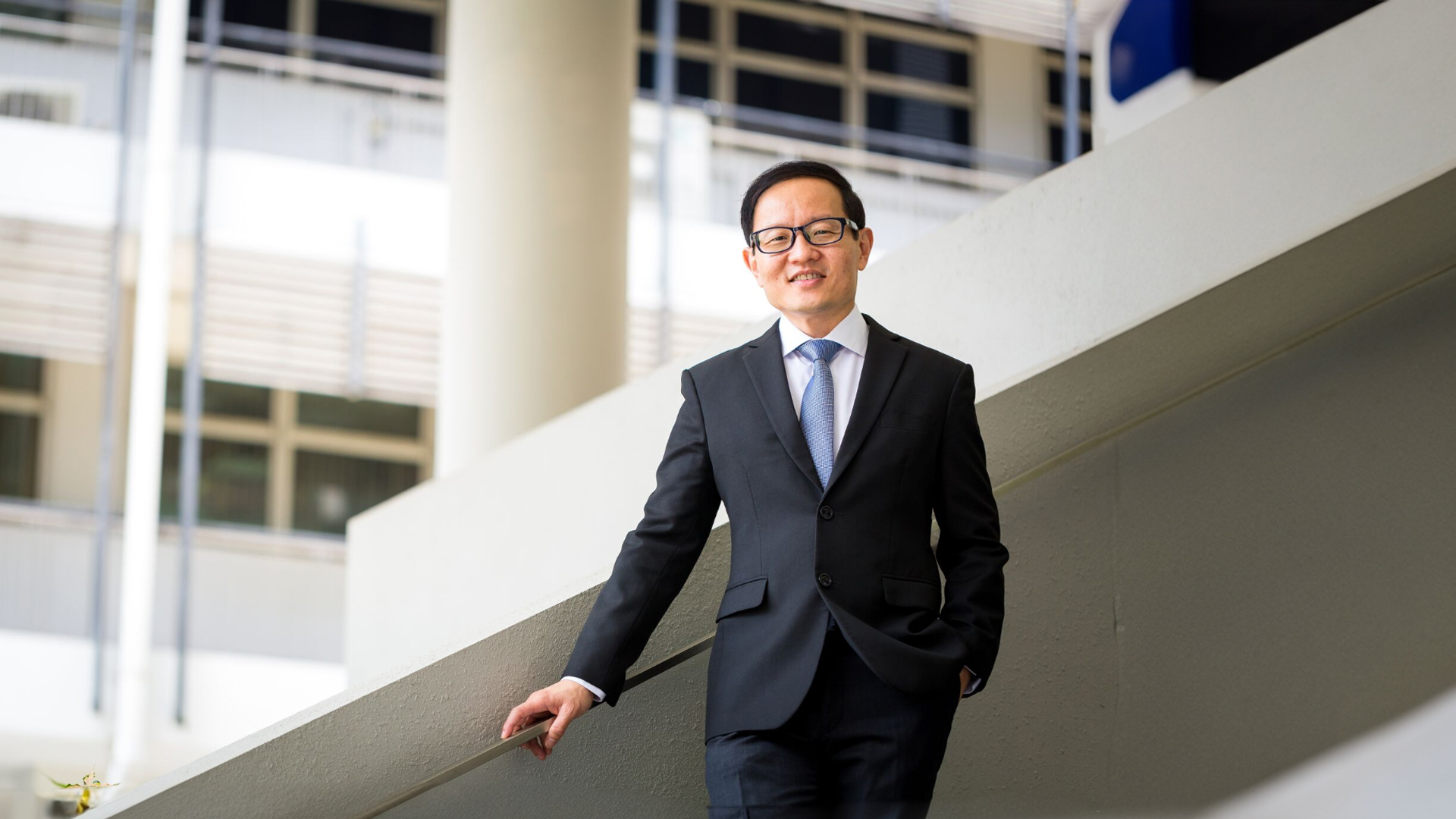
NUS scientist Professor Lim Chwee Teck elected Fellow of the Royal Society
Professor LIM Chwee Teck, Director of the Institute for Health Innovation & Technology at the National University of Singapore (NUS iHealthtech), has been elected to the prestigious Fellowship of the Royal Society, in recognition of his invaluable contributions to science.
Gene therapy relieves back pain, repairs damaged disc in mice
Disc-related back pain may one day meet its therapeutic match: gene therapy delivered by naturally derived nanocarriers that, a new study shows, repairs damaged discs in the spine and lowers pain symptoms in mice.
A Flexible Microdisplay Can Monitor and Visualize Brain Activity in Real-time During Brain Surgery
A thin film that combines an electrode grid and LEDs can both track and produce a visual representation of the brain’s activity in real-time during surgery–a huge improvement over the current state of the art.
Scientists pioneer autonomous robotic method for studying liquids suspended in air
Researchers at the U.S. Department of Energy’s Argonne National Laboratory have used robots and artificial intelligence to dramatically speed up data collection and analysis in X-ray studies of liquids.
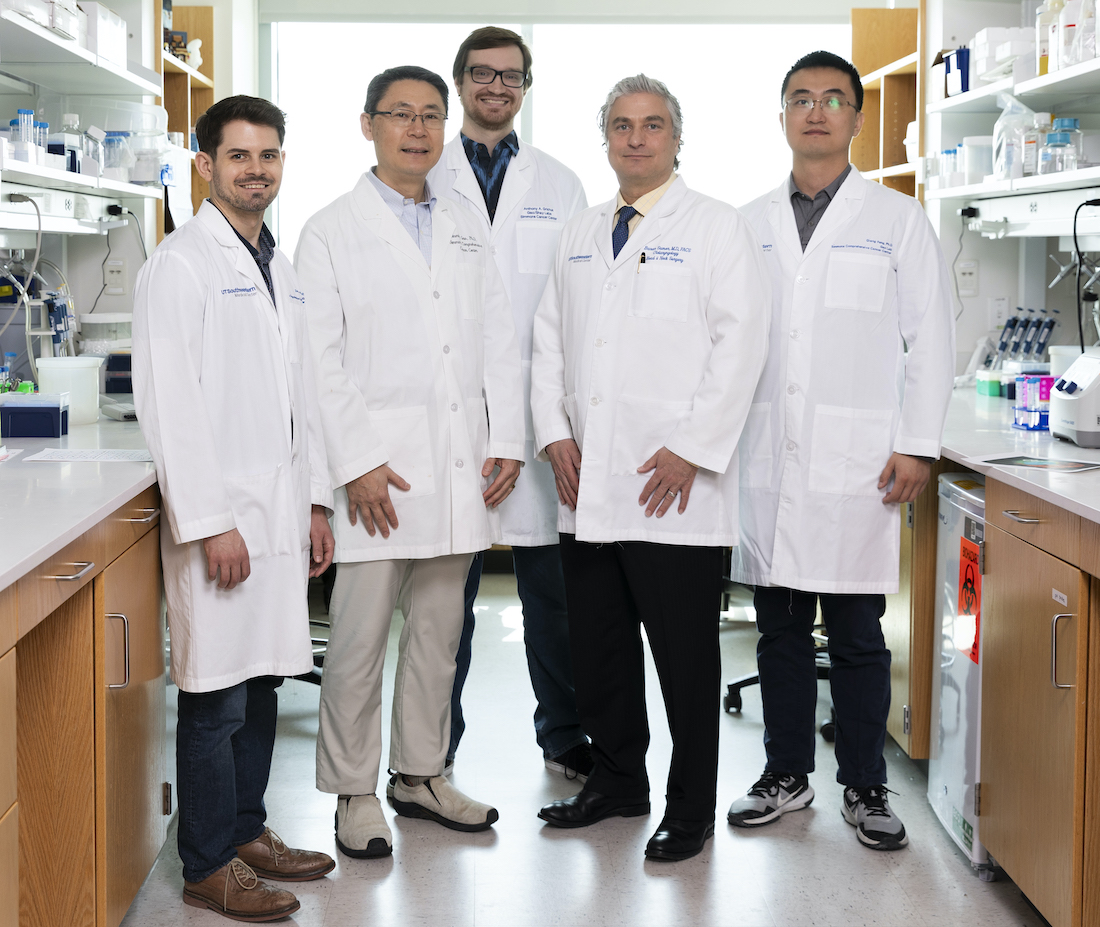
UTSW discovers protective ‘acid wall’ formed by cancer cells
Cancer cells release a significantly more concentrated level of acid than previously known, forming an “acid wall” that could deter immune cells from attacking tumors, UT Southwestern Medical Center scientists show in a new study.
Researcher’s microscale tech is chipping away at cancer, organ failure and neurological disease
For outstanding contributions to engineering of biomimetic tissue-on-chip technologies and organoids for disease modeling and regenerative medicine, ASU’s Mehdi Nikkhah has been inducted as a Fellow into the American Institute for Medical and Biomedical Engineering.
Nanoparticles developed at UTSW effectively fight tumors
A nanoparticle-based therapy developed by UT Southwestern Medical Center scientists stimulated an immune pathway that eradicated tumors in mouse models of various cancer types. Their findings, published in Science Immunology, offer a new way to potentially harness the power of the body’s immune system against cancer.
A bioengineering professor finds her niche in global health
In honor of International Women’s Day, we’re featuring Rebecca Richards-Kortum, Ph.D., a professor of bioengineering at Rice University who has been solving women’s health challenges globally for the past two decades.
This Injectable Hydrogel Mitigates Damage to the Right Ventricle of the Heart
An injectable hydrogel can mitigate damage to the right ventricle of the heart with chronic pressure overload, according to a new study published March 6 in Journals of the American College of Cardiology: Basic to Translational Science. The study, by a research team from the University of California San Diego, Georgia Institute of Technology and Emory University, was conducted in rodents.
Five Cutting-edge Advances in Biomedical Engineering and Their Applications in Medicine
Bridging precision engineering and precision medicine to create personalized physiology avatars. Pursuing on-demand tissue and organ engineering for human health. Revolutionizing neuroscience by using AI to engineer advanced brain interface systems. Engineering the immune system for health and wellness. Designing and engineering genomes for organism repurposing and genomic perturbations.
UT Southwestern collaborates with Pfizer to develop improved RNA delivery technologies
UT Southwestern Medical Center is partnering with Pfizer Inc. to develop RNA-enhanced delivery technologies for genetic medicine therapies through the Dallas-based medical center’s Program in Genetic Drug Engineering.
Students embrace new major’s combination of medical, engineering studies
Iowa State’s new major in biomedical engineering quickly attracted 50 students, who are now learning the basics of the medical and engineering worlds. The new program is designed, in part, to meet the interests of students and employers while increasing the synergy between Iowa State’s research strengths and academic programs.
Device keeps brain alive, functioning separate from body
Researchers led by a team at UT Southwestern Medical Center have developed a device that can isolate blood flow to the brain, keeping the organ alive and functioning independent from the rest of the body for several hours.
Powder engineering adds AI to the mix
Imagine a world without powders. It may sound exaggerated, but our daily lives are intricately connected to powders in various ways from foods, pharmaceuticals, cosmetics to batteries, ceramics, etc
These Screen-printed, Flexible Sensors Allow Earbuds to Record Brain Activity and Exercise Levels
Earbuds can be turned into a tool to record the electrical activity of the brain and levels of lactate in the body with two flexible sensors screen-printed onto a flexible surface.
Virtual drug quiets noise in heart tissue images
Researchers at Washington University in St. Louis have developed a new computational approach to removing movement in images of expanding and contracting heart cells and tissues. By computationally removing movement, the algorithm mimics a drug’s action in stopping the heart, without compromising cellular structure or tissue contractility.
Ultrasound can briefly induce a hibernation-like state in animals
Researchers from Washington University in St. Louis have used ultrasound to nudge rodents into an energy-conserving state that mirrors a natural, hibernation-like survival mechanism known as torpor. The technique could help buy precious time for patients in critical care.

Scientists discover unusual ultrafast motion in layered magnetic materials
A team of researchers report a mechanical response across a layered magnetic material tied to changing its electron spin. This response could have important applications in nanodevices requiring ultra-precise and fast motion control.
NIH funds study of ultrasound with genetics to treat brain disorders
Researchers have developed methods to study and manipulate areas of the brain, though many of those methods are restricted by the limited depth that light can reach within the brain. A multidisciplinary team at Washington University in St. Louis plans to overcome that limitation by integrating ultrasound with genetics to precisely modify neurons in the brain.
Why does skin get ’leathery’ after too much sun? Bioengineers examine cellular breakdown
A study from Binghamton University, State University of New York researchers explores how ultraviolet radiation can alter the microstructure of human skin. Particularly affected is collagen, the fibrous protein that binds together tissue, tendon, cartilage and bone throughout our bodies.
Scientists use Argonne supercomputer to detail HIV protein mechanism crucial for drug development
Researchers from the University of Illinois Chicago used the Theta supercomputer at the Argonne Leadership Computing Facility to run simulations on and determine the molecular mechanisms behind the ways that new HIV antivirals could work.
Binghamton University and six HBCUs forge New Educational and Research Alliance
In collaboration with the Thurgood Marshall College Fund, Binghamton University, State University of New York has announced a New Educational and Research Alliance (New ERA) with six historically Black colleges and universities (HBCUs): Alabama A&M University, Central State University, Tuskegee University, Prairie-View A&M University, the University of the District of Columbia and Virginia State University.
A New Strategy to Break Through Bacterial Barriers in Chronic Treatment-Resistant Wounds
Researchers in UNC’s School of Medicine’s department of Microbiology and Immunology and the UNC-NC State Joint Department of Biomedical Engineering have developed a new strategy to improve drug-delivery into chronic wounds infections.

Cancer cells penetrate deep into their environment
New research from the McKelvey School of Engineering at Washington University in St. Louis has found that cancer cells can sense a layer of cells beneath the top collagen layer on which they normally travel, while normal cells cannot.
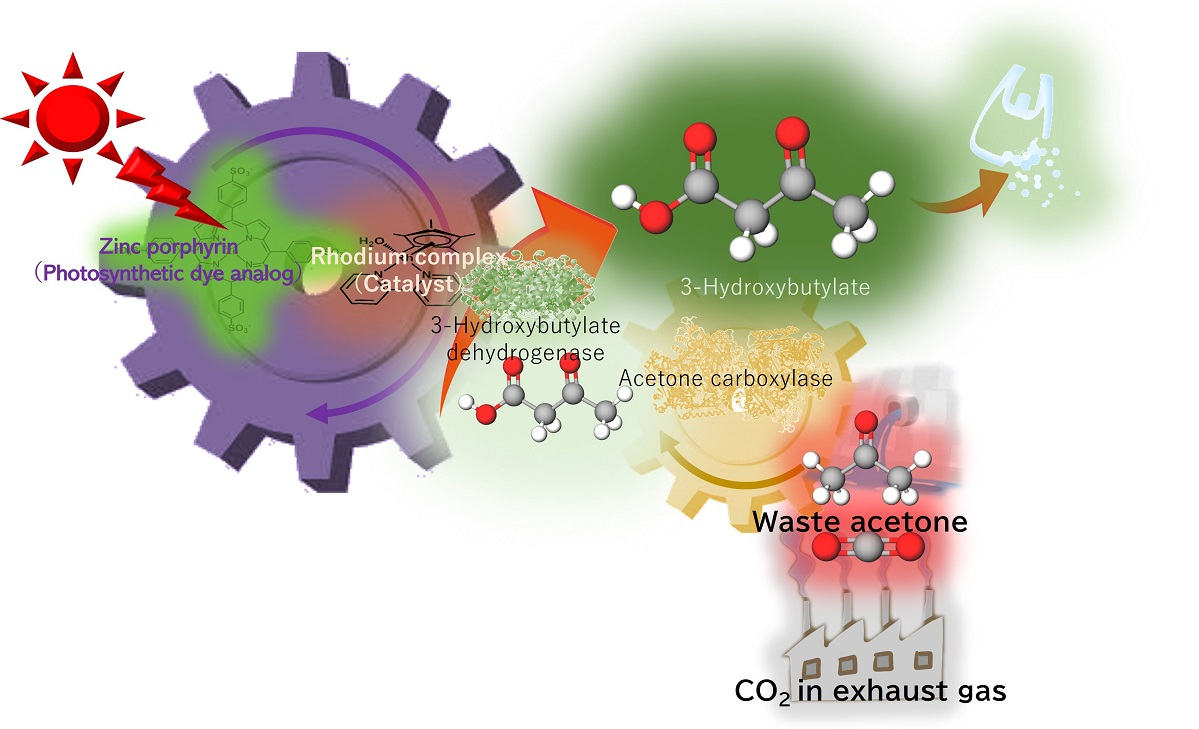
Low concentration CO2 can be reused in biodegradable plastic precursor using artificial photosynthesis
Poly-3-hydroxybutyrate—a biodegradable plastic—is a strong water-resistant polyester often used in packaging materials, made from 3-hydroxybutyrate as a precursor.
How to prevent concussions in football? Better helmets
Football helmets made by four leading manufacturers showed vulnerabilities in tests designed to better understand player concussions, according to a new study.
CDC-UNC Collaboration Yields Potential Long-term HIV Protection
Since 2017, the lab of Rahima Benhabbour, PhD, MSc, associate professor in the UNC/NCSU Joint Department of Biomedical Engineering, has been working with a research team at the Centers for Disease Control and Prevention (CDC) and others at UNC to develop an injectable implant that can release HIV pre-exposure prophylaxis (PrEP) medications into the body for a long period of time.
Their latest research, published in Nature Communications, shows that the team’s latest formulation can provide up to six months of full protection.
How to make hydrogels more injectable
Gel-like materials that can be injected into the body hold great potential to heal injured tissues or manufacture entirely new tissues.
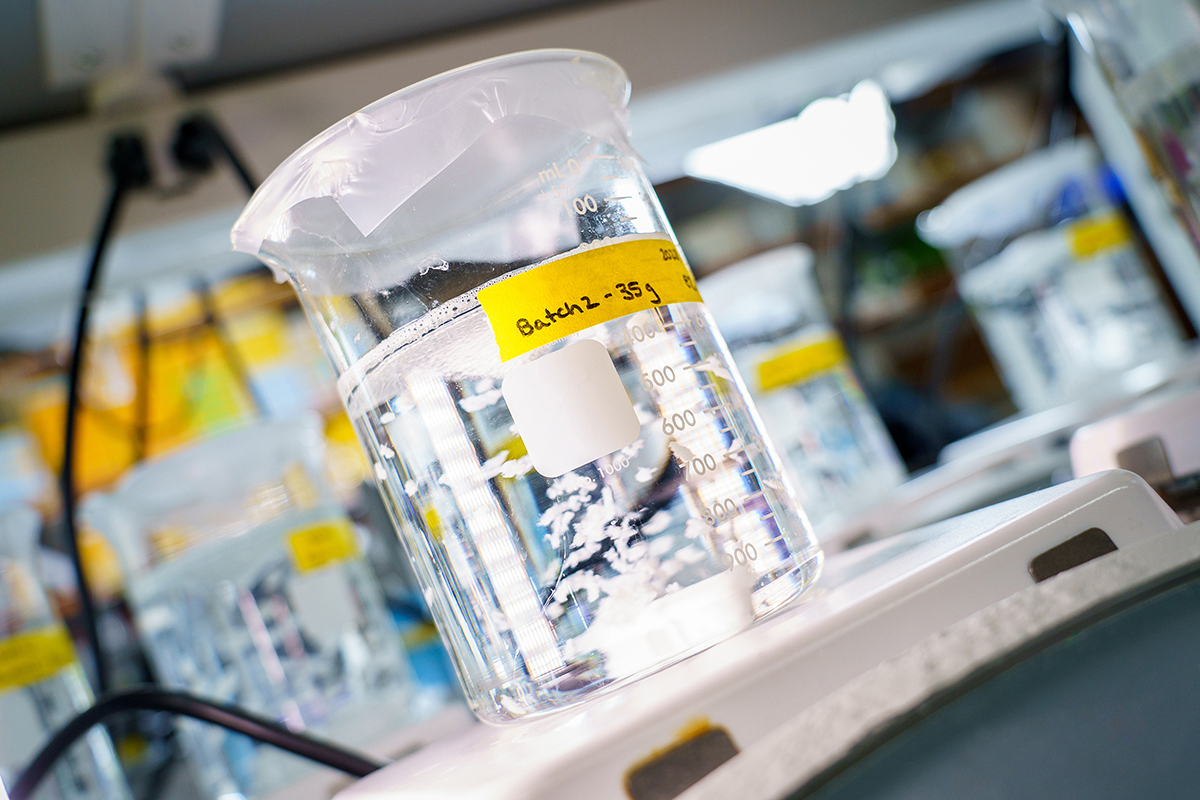
This Groundbreaking Biomaterial Heals Tissues From the Inside Out
A new biomaterial that can be injected intravenously, reduces inflammation in tissue and promotes cell and tissue repair. The biomaterial was tested and proven effective in treating tissue damage caused by heart attacks in both rodent and large animal models. Researchers also provided proof of concept in a rodent model that the biomaterial could be beneficial to patients with traumatic brain injury and pulmonary arterial hypertension.
A design of experiments approach to precision vaccine adjuvants
Adjuvants are added to vaccines to improve protection, extend the duration of protection and reduce the dose or number of boosters required.
Vertical electrochemical transistor pushes wearable electronics forward
A transdisciplinary Northwestern University research team has developed a revolutionary transistor that is expected be ideal for lightweight, flexible, high-performance bioelectronics.
New Bacterial Therapy Approach to Treat Lung Cancer
Columbia Engineering researchers report that they have developed a new experimental pipeline to combine bacterial therapy with current cancer drugs. Their study, which explores resistance to bacterial therapy at the molecular level, has achieved better treatment efficacy without additional toxicity in laboratory models.
Small glowing protein allows researchers to peer deeper into living tissues
Biomedical and genetic engineers at Duke University and the Albert Einstein College of Medicine have designed a small fluorescent protein that emits and absorbs light that penetrates deep into biological tissue.
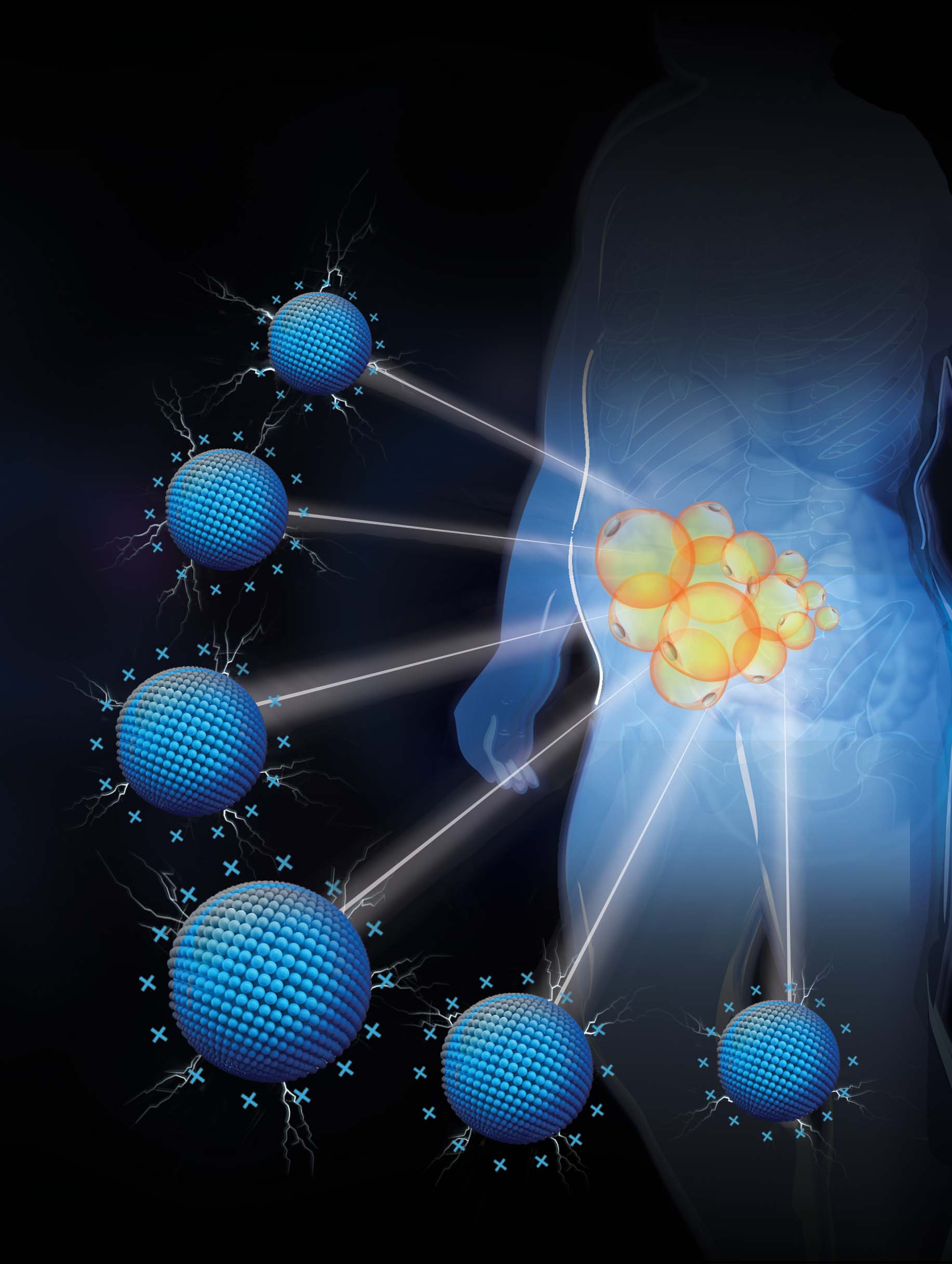
Positively Charged Nanomaterials Treat Obesity Anywhere You Want
Columbia researchers invent new method to treat obesity by using cationic nanomaterials that can target specific areas of fat and inhibit the unhealthy storage of enlarged fat cells. “Our studies highlight an unexpected strategy to treat visceral adiposity and suggest a new direction of exploring cationic nanomaterials for treating metabolic diseases,” said Columbia Engineering’s Biomedical Engineering Prof Kam Leong, a pioneer in using polycation to scavenge pathogens.
Technology that simulates complex molecular interactions could lead to better treatments for diseases like cancer and COVID-19
A team led by University of Minnesota Twin Cities biomedical engineers has developed a universally accessible application that can simulate complex molecular interactions, which will allow researchers to design better treatments for diseases like cancer and COVID-19.
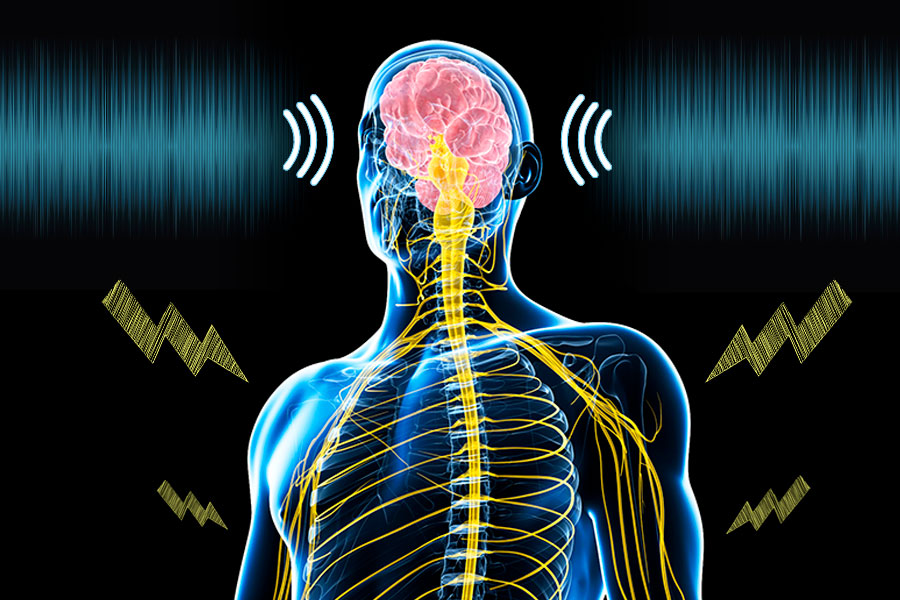
Study finds that sound plus electrical body stimulation has potential to treat chronic pain
A University of Minnesota Twin Cities-led team has found that electrical stimulation of the body combined with sound activates the brain’s somatosensory cortex, increasing the potential for using the technique to treat chronic pain and other sensory disorders.
Research finds that cancer cells can migrate toward certain ‘sweet spot’ environments
University of Minnesota Twin Cities engineers have discovered that cancer cells invade the body based on their environment. The discovery provides new understanding of how cancer spreads and can improve future treatments.
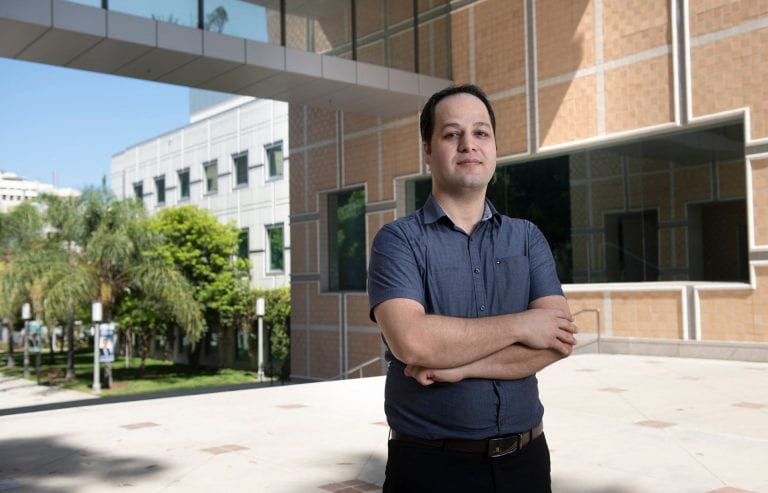
UCI researchers invent a health monitoring wearable that operates without a battery
Irvine, Calif., July 12, 2022 – A new self-powered, wristwatch-style health monitor invented by researchers at the University of California, Irvine can keep track of a wearer’s pulse and wirelessly communicate with a nearby smartphone or tablet – without needing an external power source or a battery. In a paper published recently in the journal Nano Energy, team members in UCI’s Henry Samueli School of Engineering describe their invention, built via 3D printing of nanomaterials on flexible substrates for real-time and wireless monitoring of vital signs.
Using light and sound to reveal rapid brain activity in unprecedented detail
Biomedical engineers at Duke University have developed a method to scan and image the blood flow and oxygen levels inside a mouse brain in real-time with enough resolution to view the activity of both individual vessels and the entire brain at once.
University of Minnesota technology allows amputees to control a robotic arm with their mind
A team of biomedical engineering researchers and industry collaborators have developed a way to tap into a patient’s brain signals through a neural chip implanted in the arm, effectively reading the patient’s mind and opening the door for less invasive alternatives to brain surgeries.
New study proves correct dosage for ultraviolet disinfection against COVID
A new study from Binghamton University, State University of New York proves the correct dosage for ultraviolet disinfection against COVID.
Human skin has evolved to allow maximum durability and flexibility
Human skin has evolved to allow maximum durability and flexibility, according to new research from Binghamton University, State University of New York.
$2.4 million NIH grant to fund research into better, faster diagnosis of lung nodules
A biomedical engineering professor at Binghamton University, State University of New York has received a $2.4 million grant to develop a faster, less painful way to diagnose malignant solitary pulmonary nodules (SPNs).
Tulane scientists develop ‘living nerve circuit’ to fight opioid epidemic
Michael J. Moore, a professor of biomedical engineering at Tulane University School of Science and Engineering, is part of a national study that aims to turn around the statistics on opioid addiction.
Cleveland Clinic Researchers Develop Bionic Arm that Restores Natural Behaviors in Patients with Upper Limb Amputations
Cleveland Clinic researchers have engineered a first-of-its-kind bionic arm for patients with upper-limb amputations that allows wearers to think, behave and function like a person without an amputation, according to new findings published in Science Robotics.
New cell phone and smart watch models can interfere with pacemakers and defibrillators
After reports of smart phone and watch interference with implanted medical devices, investigators affiliated with the Center for Devices and Radiological Health (CDRH) at the US Food and Drug Administration conducted a study